
After entering the flu season, many mothers left messages backstage asking about the use of [ribavirin], saying that the child was ill and went to the hospital, and the doctor prescribed ribavirin as drug treatment.

In fact, we have mentioned more than once in the article that ribavirin cannot treat common diseases such as colds and influenza. On the contrary, it has serious side effects on children, pregnant women and nursing women.
Then there must be mothers asking, since ribavirin is useless, why is it still abused? What are the unknown risks of abuse of ribavirin?
Today, we invite Teacher Ziqi to have a good talk with you about this so-called [antiviral drug], ribavirin.
Ribavirin is not useful for common diseases in children.
Ribavirin is an antiviral drug, also known as [ribavirin] in China.
Perhaps there is the word “virus” in the name, so many people regard it as a “universal antiviral drug”. In fact, ribavirin can really treat only the following two diseases:
Oral preparations are only used for combined treatment of adult hepatitis C and chronic hepatitis C in children.
Spray preparation is only suitable for severe lower respiratory tract infection caused by respiratory syncytial virus (blackboard knock: not common upper respiratory tract infection).
According to the revision of the instructions for ribavirin granules by the State Drug Administration in 2006, it can be seen that in the column of medication for children, it is written [at present, there is still a lack of detailed research data].
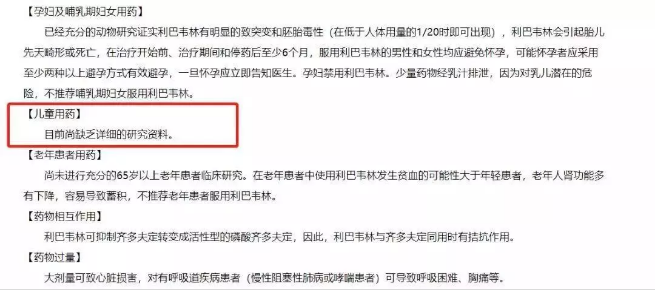
However, the instructions for ribavirin spray show that [antiviral drugs. For viral pneumonia and bronchitis caused by respiratory syncytial virus.] in the column of medication for children, it also reads [this test has not been conducted and there is no reliable reference].
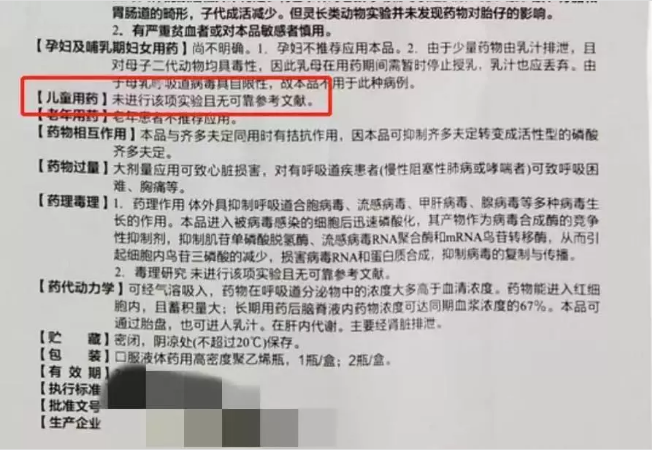
This also means that there is no scientific basis for taking ribavirin when encountering common diseases of children such as common cold, influenza, mild hand, foot and mouth, acute infectious diarrhea, etc.
In addition, in the < < Influenza Diagnosis and Treatment Plan (2019 Edition) > > issued by the Health and Safety Commission, only oseltamivir, zanamivir and paramivir are available for anti-influenza virus, and ribavirin is not available.
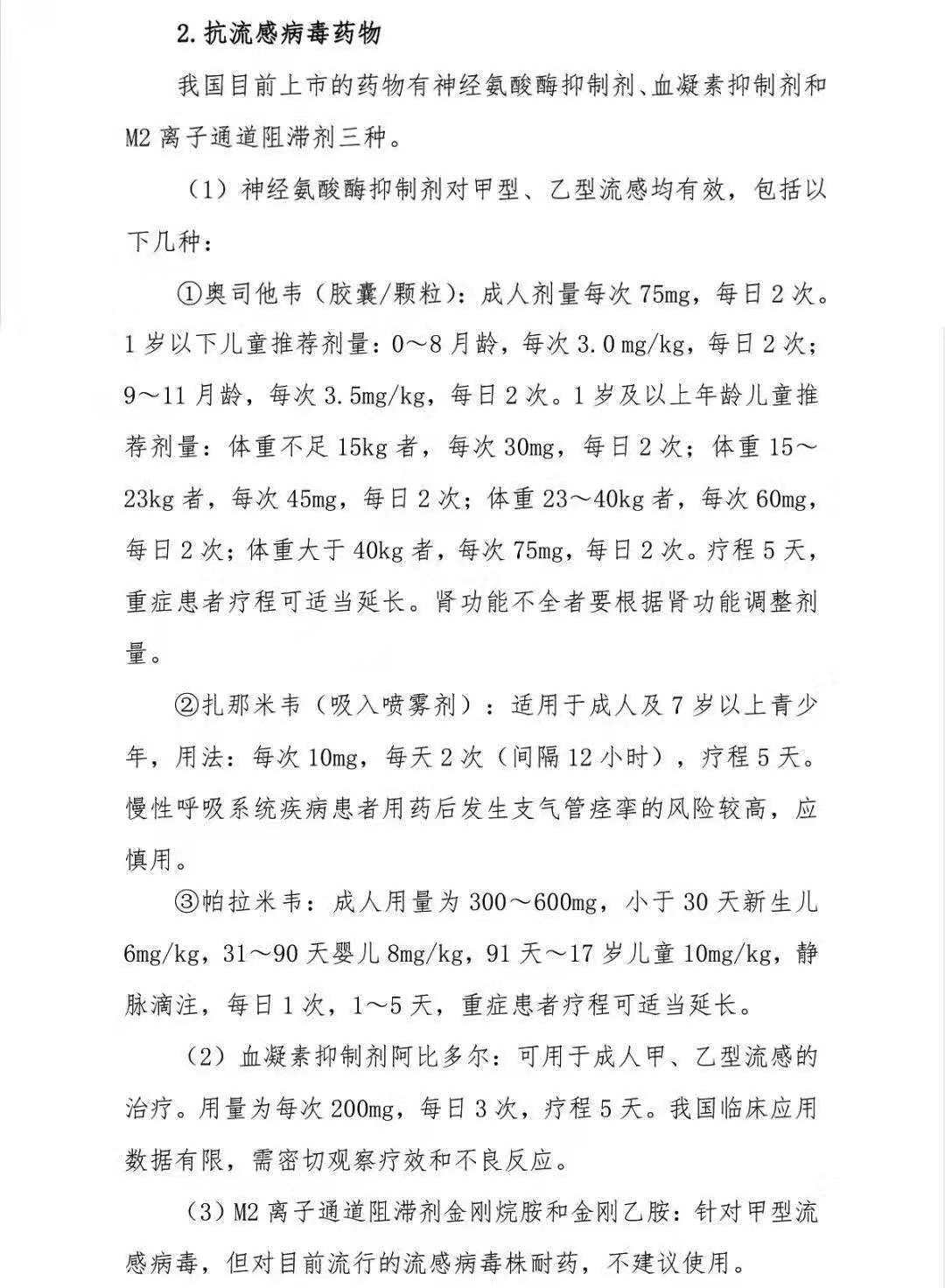
Ribavirin is at great risk of abuse.
Taking ribavirin has no positive effect on common diseases in children. If it is not harmful, forget it. It can make parents feel at ease.
However, the side effects and risks of ribavirin make me remind parents not to use it casually!
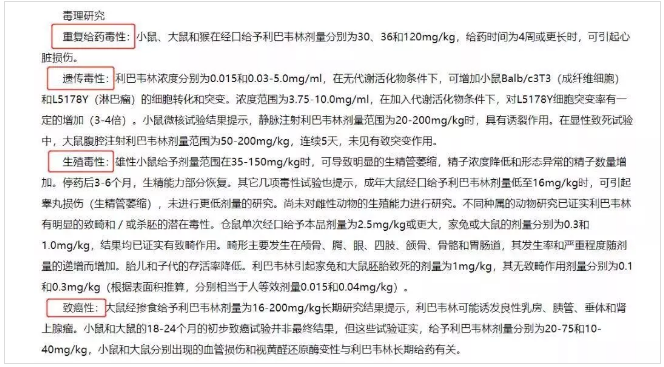
Patients may have hemoglobin decline within the first 1-2 weeks after oral treatment, of which about 10% may be accompanied by cardiopulmonary side effects.
If the baby happens to have thalassemia or sickle cell anemia, and the doctor prescribes ribavirin without knowing it, myocardial damage may be caused, and the damage may be fatal.
In addition, ribavirin has genotoxicity and reproductive toxicity. It can cause congenital malformation or death of the fetus. Men and women taking ribavirin should avoid pregnancy before, during and at least 6 months after treatment.
It is also not recommended for breast-feeding women. A small amount of drugs are excreted through milk, which is potentially dangerous to children.
FDA drug instructions show that ribavirin may cause fetal malformation.
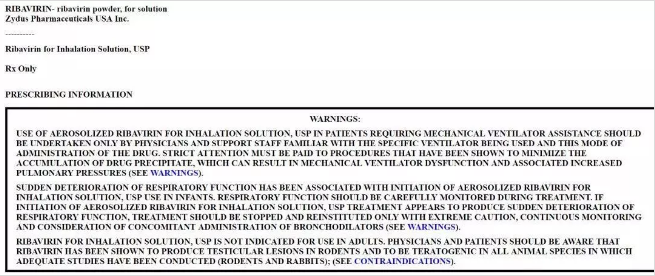
In the WHO ADR database, more than 8,600 cases of ribavirin were reported (as of 2006), involving more than 26,000 cases of adverse reactions (one case could have multiple adverse reactions); In addition to hemolytic anemia, adverse reactions include fetal abnormalities, malformations, tumors, etc.

Therefore, ribavirin really cannot be used casually. If doctors let their children take ribavirin at will in the future, mothers must question it:
Our children just have common respiratory diseases. Do they need to take risks with ribavirin?
Finally, I hope every parent can understand the importance of safe medication.
